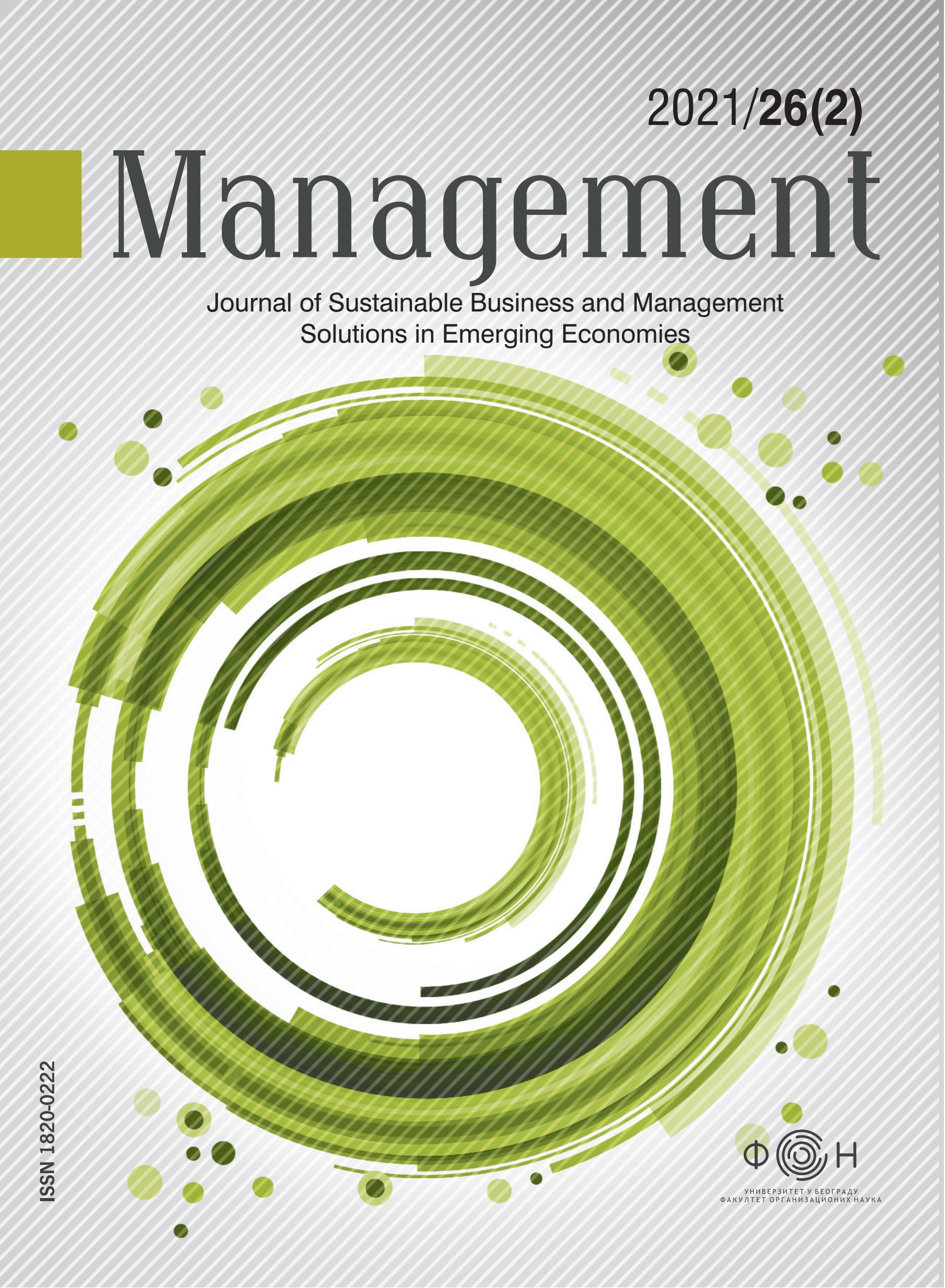FDI Time Series Forecasts: Evidence from Emerging Markets
FDI Time Series Forecasts: Evidence from Emerging Markets
Author(s): Marina Dobrota, Nikola Zornić, Aleksandar MarkovićSubject(s): National Economy, Supranational / Global Economy
Published by: Fakultet organizacionih nauka Univerziteta u Beogradu (FON)
Keywords: FDI, Emerging markets;Time Series;ARIMA;AIC;BIC;Balkan countries;
Summary/Abstract: Research Question: This paper investigates the trend and flow of foreign direct investments (FDI) in emerging markets, with the focus on FDI in Serbia in comparison with akin countries from the region. Motivation: FDI is an important factor of growth and prosperity in developing countries. It largely influences trade, productivity, and economic development of a receiving country. Based on UNCTAD’s World Investment Report of 2019, the share of global FDI in developing countries was 54 per cent, which was a record. Recently, Serbia has been recognized as one of the most popular destinations for FDI in Southeastern Europe. This motivated us to analyze the chances and possibilities of enlargement of FDI in Serbia, as well in other Balkan countries. Idea: The main idea of the paper is to analyze and estimate time series of FDI net inflows for Serbia. We strive to investigate whether FDI demonstrates the durable growth in the future period of time. Furthermore, we compare the state of Serbian FDI with the former Yugoslav countries, in search for disparities or similarities. Data: We observed the FDI net inflows that are measured in current US dollars, while the data were retrieved from the World Bank database. The earliest available time point is 1992, while the latest available year of observation is 2018. Tools: We estimated the FDI net flow time series using a list of suitable ARIMA models, and we have chosen the best model fit among them using AIC and BIC criteria. Findings: We have found that Serbia and North Macedonia show a mild growth in future investments. A significant percentage of the cumulative FDI inflows from EU companies have been invested precisely in Serbia, while in North Macedonia, fostering FDI has been promoted as one of the main instruments for employment and economic development. Oher Yugoslav countries tend to stagnate in the future period, which is in literature called a negative ‘Western Balkans’ effect on FDI. Contribution: Findings of the mild growth in FDI inflows in Serbia and North Macedonia contribute to the policy of attracting the FDI inflows in the countries of Southeastern Europe.
Journal: Management: Journal of Sustainable Business and Management Solutions in Emerging Economies
- Issue Year: 26/2021
- Issue No: 2
- Page Range: 77-88
- Page Count: 11
- Language: English

